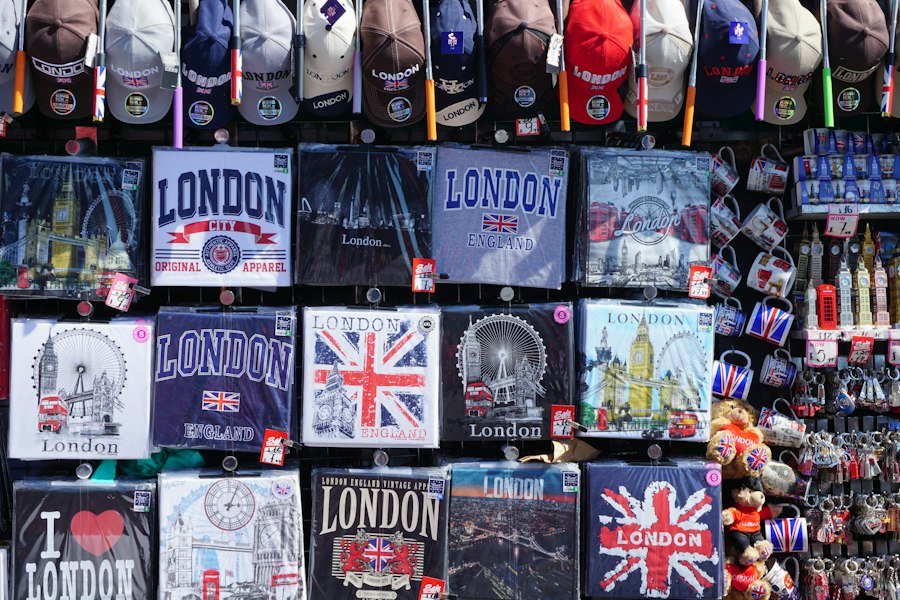

Adjectives of Size and Quantity in Norwegian
Adjectives play a crucial role in the Norwegian language, as they are used to describe and provide more information about nouns. Adjectives of size and quantity are particularly important, as they allow us to express the size or amount of something. Whether you want to describe the size of an object or the quantity of something, adjectives of size and quantity are essential in Norwegian.
Table of Contents
ToggleKey Takeaways
- Adjectives of size and quantity are important in Norwegian language.
- Adjectives in Norwegian have different forms depending on gender and number.
- Small, medium, and large are the most common adjectives of size in Norwegian.
- Quantitative adjectives in Norwegian are used for counting and measuring.
- Comparison of adjectives of size and quantity is done using comparative and superlative forms.
Understanding the Basics of Adjectives in Norwegian
In Norwegian, adjectives are words that describe or modify nouns. They provide additional information about the noun they are referring to. Adjectives in Norwegian can be categorized into two main types: attributive adjectives and predicative adjectives.
Attributive adjectives directly precede the noun they are describing and agree with it in gender, number, and definiteness. For example, “en stor bok” (a big book) or “et lite hus” (a small house).
Predicative adjectives, on the other hand, follow a linking verb and do not agree with the noun in gender, number, or definiteness. For example, “boken er stor” (the book is big) or “huset er lite” (the house is small).
Adjectives of Size in Norwegian: Small, Medium, and Large
Adjectives of size in Norwegian allow us to describe the size of an object or thing. These adjectives can be used to express whether something is small, medium-sized, or large.
Some examples of adjectives of size in Norwegian include:
– Liten (small): “en liten katt” (a small cat)
– Mellomstor (medium-sized): “et mellomstort hus” (a medium-sized house)
– Stor (large): “en stor bil” (a large car)
When comparing adjectives of size in Norwegian, we use the words “mindre” (smaller) and “større” (larger). For example, “Denne boken er mindre enn den andre” (This book is smaller than the other one) or “Huset er større enn leiligheten” (The house is larger than the apartment).
Quantitative Adjectives in Norwegian: Counting and Measuring
| Quantitative Adjectives in Norwegian | Counting | Measuring |
|---|---|---|
| One | en | en |
| Two | to | to |
| Three | tre | tre |
| Four | fire | fire |
| Five | fem | fem |
| Six | seks | seks |
| Seven | sju | sju |
| Eight | åtte | åtte |
| Nine | ni | ni |
| Ten | ti | ti |
Quantitative adjectives in Norwegian are used to express the quantity or amount of something. These adjectives can be used to count or measure objects or things.
Some examples of counting adjectives in Norwegian include:
– En (one): “en bok” (one book)
– To (two): “to biler” (two cars)
– Tre (three): “tre hunder” (three dogs)
Some examples of measuring adjectives in Norwegian include:
– Litt (a little): “litt vann” (a little water)
– Mye (a lot): “mye penger” (a lot of money)
– Nok (enough): “nok mat” (enough food)
When comparing quantitative adjectives in Norwegian, we use the words “flere” (more) and “færre” (fewer). For example, “Jeg har flere bøker enn deg” (I have more books than you) or “Det er færre mennesker her i dag” (There are fewer people here today).
Comparison of Adjectives of Size and Quantity in Norwegian
Adjectives of size and quantity differ in their purpose and usage in Norwegian. Adjectives of size are used to describe the physical dimensions of an object or thing, while adjectives of quantity are used to express the amount or number of something.
For example, if we want to describe a small house, we would use the adjective “lite” (small) in Norwegian. On the other hand, if we want to express that there are few houses in a neighborhood, we would use the adjective “få” (few) in Norwegian.
Using Adjectives of Size and Quantity in Descriptions

When using adjectives of size and quantity in descriptions, it is important to consider the agreement between the adjective and the noun it is describing. In Norwegian, adjectives must agree with the noun in gender, number, and definiteness.
For example, if we want to describe a small cat, we would say “en liten katt” (a small cat). Here, the adjective “liten” agrees with the noun “katt” in gender (feminine) and number (singular).
Similarly, if we want to describe a lot of books, we would say “mange bøker” (many books). Here, the adjective “mange” agrees with the noun “bøker” in number (plural).
Common Phrases and Expressions Using Adjectives of Size and Quantity in Norwegian
There are several common phrases and expressions in Norwegian that use adjectives of size and quantity. These phrases are commonly used in everyday conversations and can help you express yourself more accurately.
Some examples of common phrases and expressions using adjectives of size and quantity in Norwegian include:
– “En stor takk” (A big thank you)
– “Litt mer vann, takk” (A little more water, please)
– “Mange mennesker” (Many people)
– “Få muligheter” (Few opportunities)
Tips for Learning and Using Adjectives of Size and Quantity in Norwegian
Learning and using adjectives of size and quantity in Norwegian can be challenging, but with some practice and dedication, you can improve your skills. Here are some tips to help you:
1. Practice regularly: Make a habit of practicing adjectives of size and quantity in Norwegian every day. This could be through reading, writing, or speaking exercises.
2. Use flashcards: Create flashcards with adjectives of size and quantity in Norwegian and their translations. Review them regularly to reinforce your learning.
3. Listen to native speakers: Listen to Norwegian podcasts, songs, or watch movies with subtitles to familiarize yourself with the pronunciation and usage of adjectives of size and quantity.
4. Use them in context: Practice using adjectives of size and quantity in sentences or conversations to improve your fluency and accuracy.
Common Mistakes to Avoid When Using Adjectives of Size and Quantity in Norwegian
When using adjectives of size and quantity in Norwegian, there are some common mistakes that learners often make. Here are a few to avoid:
1. Forgetting agreement: Remember to make sure that the adjective agrees with the noun it is describing in gender, number, and definiteness.
2. Incorrect word order: In Norwegian, the adjective usually comes before the noun it is describing. Make sure to place the adjective correctly in the sentence.
3. Using the wrong adjective: Pay attention to the specific meaning of each adjective of size and quantity and use the appropriate one for your intended meaning.
Practice Exercises for Adjectives of Size and Quantity in Norwegian
To practice adjectives of size and quantity in Norwegian, try the following exercises:
1. Fill in the blanks with the correct adjective:
– “______ bok” (a big book)
– “______ hus” (a small house)
– “______ mennesker” (many people)
2. Translate the following sentences into Norwegian:
– “I have a lot of friends.”
– “She has a few apples.”
– “The cat is small.”
By regularly practicing these exercises, you will become more comfortable and confident in using adjectives of size and quantity in Norwegian.
If you want to learn Norwegian, you can register for classes here. We look forward to hearing from you and helping you become fluent in Norwegian.





